In March 2025, Turkey, Syria, Jordan, Lebanon, and Iraq agreed to create a joint committee to fight the Islamic State of Iraq and Syria (ISIS). While this committee reflects the desire of regional countries to take lead in deterring regional security threats, it also motivates the United States to withdraw its forces from Syria, giving more space to the new formed committee to fight ISIS. Moreover, the newly formed committee could serve as an alternative to the U.S.-led international coalition that was established in September 2014 to counter ISIS and curb its spread in Syria and Iraq.
While the coalition was instrumental in weakening the group, mainly through airstrikes and by supporting Kurdish armed factions on the ground, it now appears that regional actors are stepping in to lead the next phase of counterterrorism efforts.
Why this Committee Has Been Created?
The establishment of this committee represents a fundamental change in the politics of the Middle East. While the ultimate reason is to fight the ISIS, there are other reasons that motivated its establishment.
Firstly, Turkey has always sought to reduce the United States’ military presence in Syria, particularly in the northeast, where U.S. forces have partnered with the Kurdish-led Syrian Democratic Forces (SDF) to combat ISIS. Turkey views the SDF as an extension of the Kurdistan Workers’ Party (PKK), a designated terrorist organization, and has repeatedly criticized the U.S. for supporting Kurdish forces. By forming a regional committee to take charge of curbing the influence of ISIS, Turkey aims to deprive the SDF of the main card which has been employed by them to convince the U.S. of keeping forces in Syria. The presence of the U.S. forces in Syria has prohibited Turkey from waging wide scale military operations against the SDF, meaning that the U.S. withdrawal from Syria will give Turkey an upper hand to attack Kurdish forces if needed.
Since the Trump administration seeks to reduce the engagement of the U.S. military overseas, the creation of this committee has provided Trump administration with a concrete justification to withdraw forces from Syria. In April 2025, the U.S. started withdrawing hundreds of its troops in Syria, declaring its intensions to keep the number of operating soldiers in Syria below 1000, which aligns with Turkish objectives in Syria. In addition to that, after the initiative of Abdullah Ocalan —the founder of the PKK— to disarm the PKK, announced in February 2025, Turkey insists on the SDF to disband itself, considering it the Syrian branch of the PKK.
Secondly, the new formed committee provides the new Syrian government with legitimacy to act against terrorist organisations, such as ISIS and other affiliated groups, including Horas al-Din. After the fall of the Al-Assad regime in December 2024, a new government led by the Hayat Tahrir Al Sham took over power. While this government seeks to gain international recognition through adopting a moderate diplomatic discourse, it faces scepticism due to its origins and designation as a terrorist organization by several countries, including the United States.
The committee provides a platform for Syria’s new government to gain regional legitimacy by demonstrating its commitment to combating ISIS. Participation in a multilateral security initiative alongside Turkey, Iraq, and Jordan enhances the credibility of the Syrian government in forging regional and international alliances to maintain security.
Moreover, this committee offers post-Assad Syria a chance to secure diplomatic and material support for stabilization efforts, including reconstruction and refugee repatriation. For neighbouring countries, working with the new Syrian government signals confidence in its ability to maintain order, which is critical for regional stability. This mutual reinforcement of legitimacy strengthens the committee’s cohesion, as all members benefit from a stable Syrian state that can prevent ISIS from exploiting political chaos.
The committee also offers Syria a solid basis to carry out military training and acquire weapons from its co-founding members, particularly Turkey and Jordan, which has already shown interest in training and equipping the new Syrian army. This is particularly important given that since the fall of the Al-Assad regime, Israel has carried out multiple airstrikes targeting key military infrastructure in Syria. These include the destruction of advanced air defence systems like the Pantsir-S1 and S-200, as well as the targeting of Syria’s scientific research centres, including the Masyaf facility linked to missile development. Israel has also struck naval assets in the port city of Latakia, military airbases such as Mezzeh in Damascus, and even the Iranian consulate in Damascus, which housed members of Iran’s Revolutionary Guard Corps and Hezbollah. These strikes are part of Israel’s strategy to limit Syria’s military capabilities and prevent the proliferation of advanced weapons in the region. This makes it very important for Syria to rebuild its military.
Thirdly, the committee’s formation indirectly pressures the Kurdish forces, particularly the SDF, which controls approximately 40% of Syria. Turkey perceives the SDF’s autonomy as a direct threat to its national security, given its links to the PKK. Moreover, Turkey has nearly 15 million Kurdish citizens, which means that the autonomy of the Kurds in Syria might motivate the Kurds in Turkey to seek autonomy, while supporting them diplomatically and militarily. A U.S. withdrawal, prompted by the committee’s ability to take over anti-ISIS operations, would leave the SDF vulnerable, as it relies heavily on U.S. military support to maintain its position against Turkish-backed forces and the Syrian government.
For Turkey, the committee provides a framework to legitimize its influence over Syrian security policies, which means that Turkey can coordinate with the Syrian government to wage attacks against terrorist organisations in Syria. This might be exploited directly to wage attacks on the Kurdish forces, which would be similar to the Russian actions in 2015 when they claimed that their intervention aims at curbing the ISIS while they mainly targeted the Syrian armed opposition. The Syrian government, wary of Kurdish separatism, shares Turkey’s interest in curbing SDF power, as Kurdish-controlled areas hold valuable resources, including oil fields. Iraq, with its own Kurdish population, may support this pressure to prevent the emergence of a strong Kurdish entity in Syria that could inspire unrest at home. However, this strategy risks escalating tensions with Kurdish communities and could destabilize northeast Syria, potentially undermining the committee’s anti-ISIS objectives if Kurdish forces are alienated or driven to align with extremist groups for survival.
With the full withdrawal of American forces from Syria, the SDF will likely be forced to fully implement its agreement with the Syrian government. Without U.S. support, the SDF will face significant pressure to align itself with Syria’s national defence strategy. This deal, which seeks to integrate Kurdish forces into Syria’s military structure, could lead to changes in the SDF’s role. They will need to find a balance between their desire for Kurdish autonomy and the demands from Damascus. With no American presence, the SDF might have to make difficult compromises, including disarmament or restructuring, to secure the political and security guarantees required for their survival and to ensure stability in the region.
Expected Implications
The creation of this committee has several expected implications on regional security and the balance of power in the region. Firstly, Turkey’s leadership in forming the committee underscores its ambition to expand its influence in the Middle East, particularly in shaping Syria’s post-Assad future. Having supported rebel groups during the Syrian civil war and conducted multiple military operations in northern Syria, Turkey is well-positioned to leverage the committee to consolidate its role as a regional power. By leading a joint campaign against ISIS, the Turkish influence will be expanded in Syria and its role as a key regional player will be consolidated.
Secondly, the committee demonstrates that regional countries can take lead in confronting regional and global security threats without the intervention of global powers such as the U.S. or Russia. Fighting terrorist organisations has been the justification of western powers, including the U.S. to interfere militarily in the Middle East, which means that the success of the new committee would result in undermining the U.S. influence in the Middle East and may also motivate other countries to take lead in fighting terrorist organisations without direct involvement from the United States. For instance, ISIS does exist in Libya, and the surrounding countries, such as Egypt, Libya, Algeria, and Tunisia can coordinate and create a similar committee to be charged of fighting terrorist organisations that pose direct threats to the security and integrity of these countries.
This push for autonomy is particularly significant for Jordan and Lebanon, which have struggled with the economic and social burdens of hosting Syrian refugees, and for Iraq, which seeks to assert sovereignty after years of foreign military presence. The committee’s focus on intelligence sharing, border security, and joint operations reflects a practical approach to building regional resilience. However, the committee’s effectiveness will depend on overcoming internal divisions, resource constraints, and the challenge of operating without the advanced technological and logistical support previously provided by external actors like the U.S.
To conclude, the formation of the anti-ISIS committee by Turkey, Iraq, Jordan, Lebanon, and Syria reflects a mix of strategic interests and shared security concerns. For Turkey, it is a key opportunity to convince the U.S. to withdraw its forces from Syria, attempting to weaken Kurdish forces, while also expanding its regional influence. At the same time, the committee helps the new Syrian government gain regional legitimacy and attract support for reconstruction and refugee return. More importantly, this initiative shows that regional countries are now more willing to take charge of their own security without relying on global powers. However, the committee’s success depends on its ability to deal with internal disagreements, avoid escalation with the Kurds, and secure enough resources to carry out its mission. If these challenges are managed, the committee could play a central role in defeating ISIS and reshaping the future of regional cooperation.
References
Al Jazeera. (2024). Israel strikes Iran consulate in Syria’s capital Damascus. Al Jazeera. https://www.aljazeera.com/news/2024/4/2/attack-on-iran-consulate-in-damascus-what-do-we-know
Al Jazeera. (2025). Syria merges Kurdish-led Syrian Democratic Forces into state institutions. Al Jazeera. https://www.aljazeera.com/news/2025/3/10/syria-merges-kurdish-led-syrian-democratic-forces-into-state-institutions
Atlantic Council. (2025). Inside Hayat Tahrir al-Sham’s diplomatic offensive with Syria’s Christians and Ismailis. Atlantic Council. https://www.atlanticcouncil.org/blogs/menasource/hts-diplomatic-offensive-with-minorities/
Lieber Institute. (2025). The New Syria and Its Obligations under the Chemical Weapons Convention. Lieber Institute. https://lieber.westpoint.edu/new-syria-its-obligations-chemical-weapons-convention/
Middle East Eye. (2025). Ocalan orders the PKK to dissolve in a historic statement. Middle East Eye. https://www.middleeasteye.net/news/ocalan-dissolve-pkk-historic-statement
(2025). US military to slash troops in Syria to under 1,000. Reuters. https://www.reuters.com/world/us-military-slash-troops-syria-under-1000-2025-04-18/
The Guardian. (2025). Jailed Kurdish leader calls for PKK to disarm. The Guardian. https://www.theguardian.com/world/2025/feb/27/pkk-leader-calls-on-kurdish-militant-group-to-disarm-signalling-start-of-fragile-peace-with-turkey
The Guardian. (2025). Syria calls Israeli air strikes on Damascus a ‘dangerous escalation’. The Guardian. https://www.theguardian.com/world/2025/may/02/israel-launches-airstrikes-near-syria-presidential-palace-in-damascus
The Guardian. (2025). Syrian government reaches deal with Kurdish-led SDF to integrate north-east region. The Guardian. https://www.theguardian.com/world/2025/mar/10/syrian-government-reaches-deal-with-kurdish-led-sdf-to-integrate-north-east-region


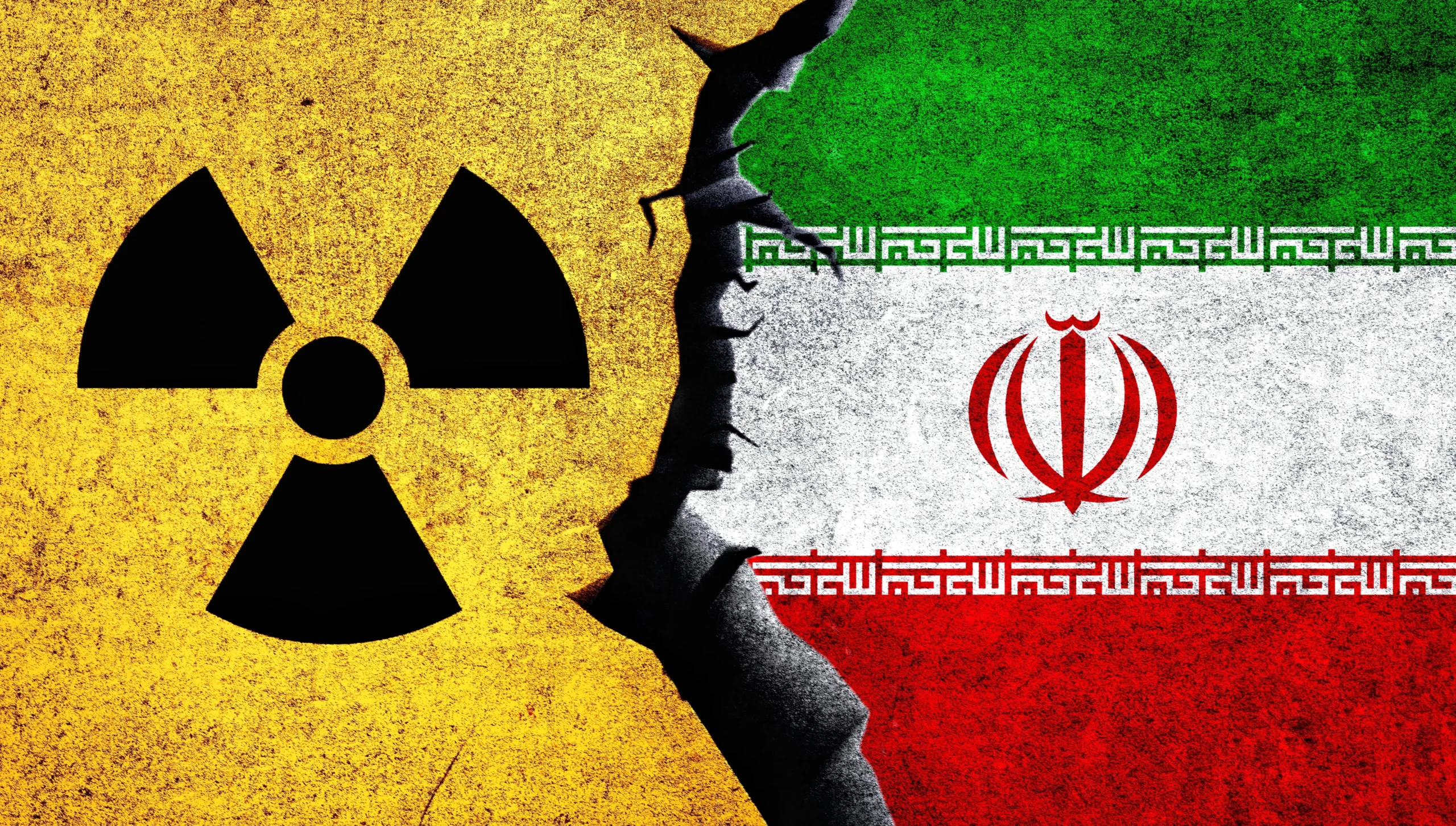
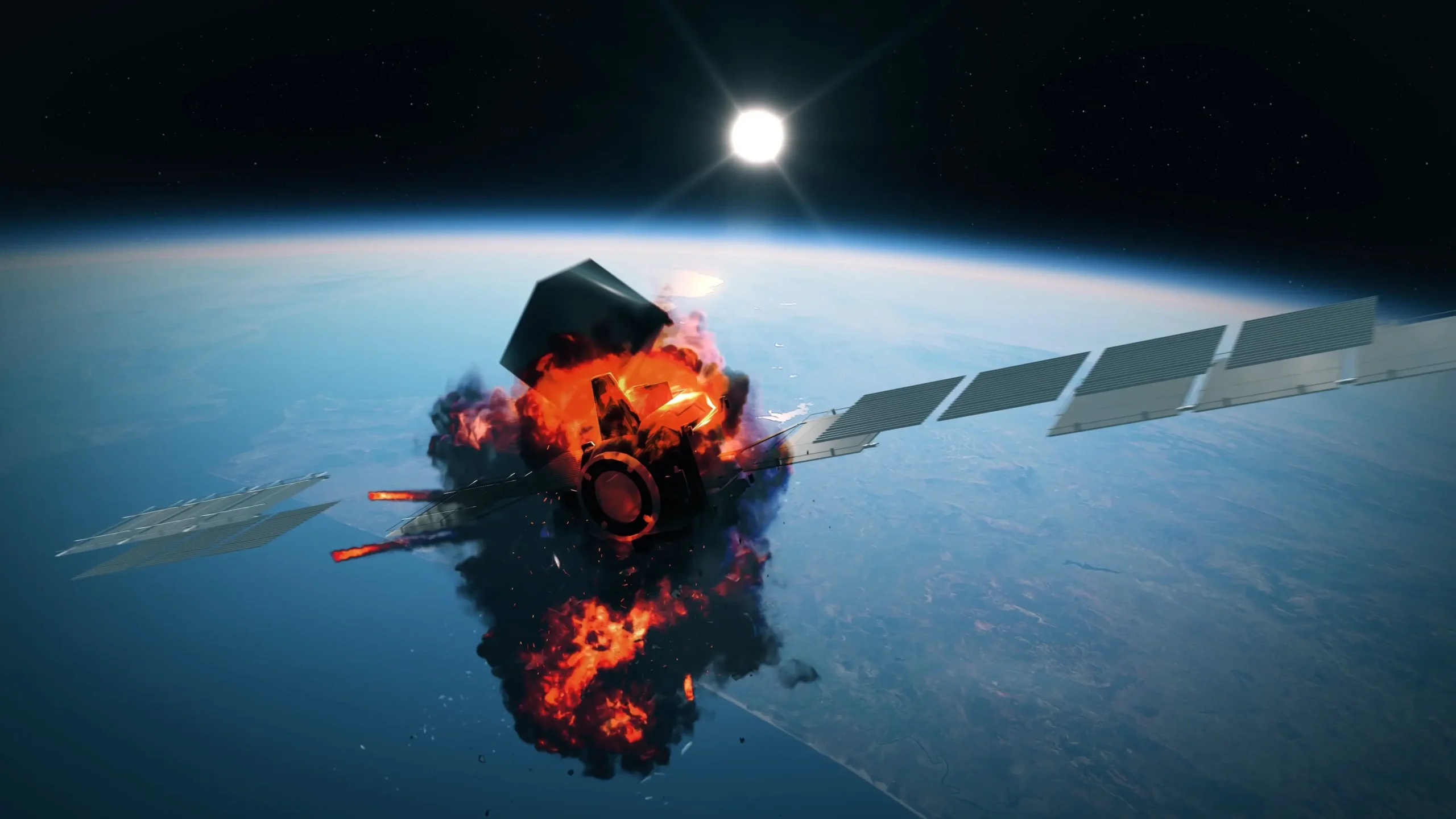
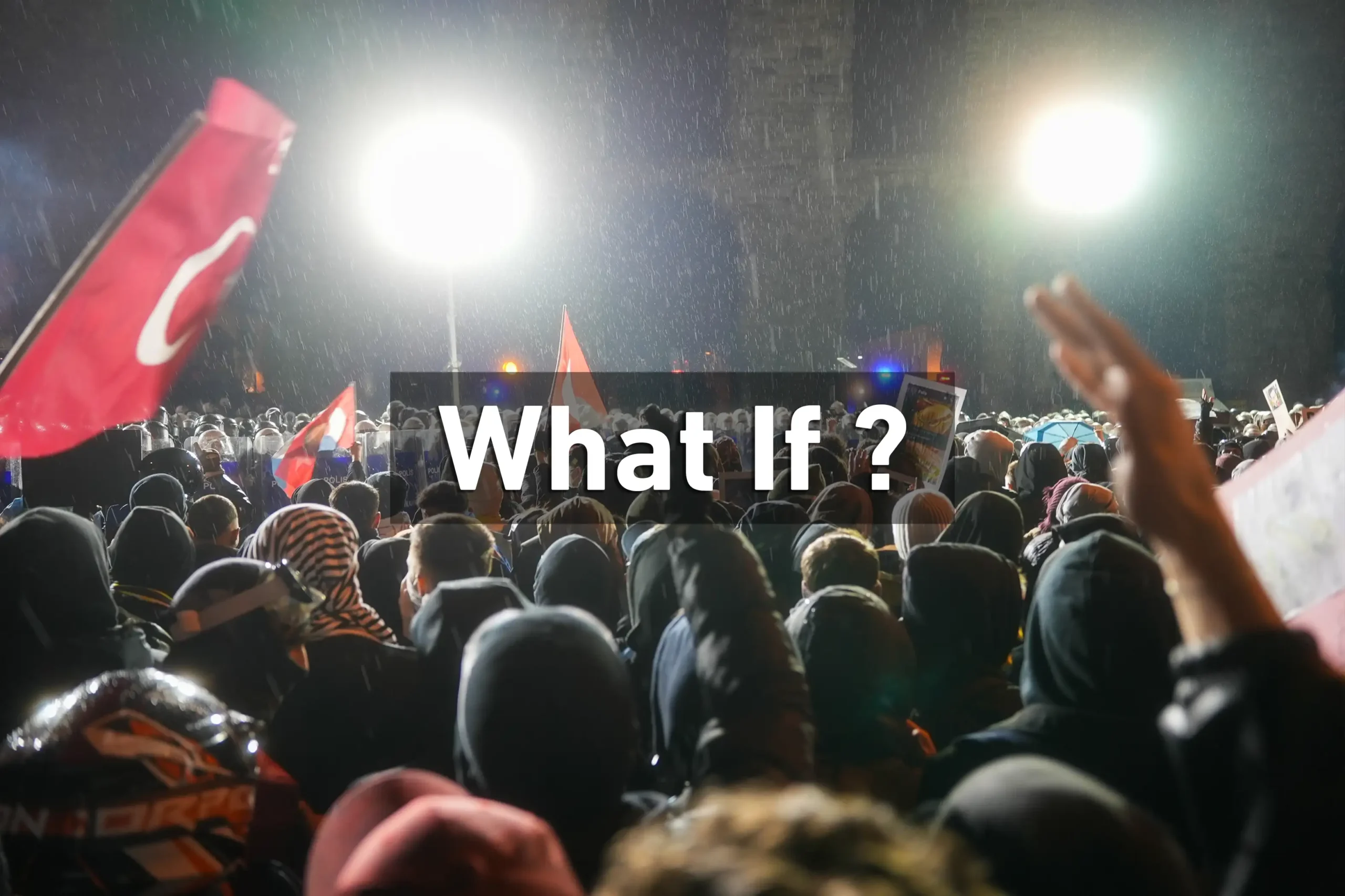

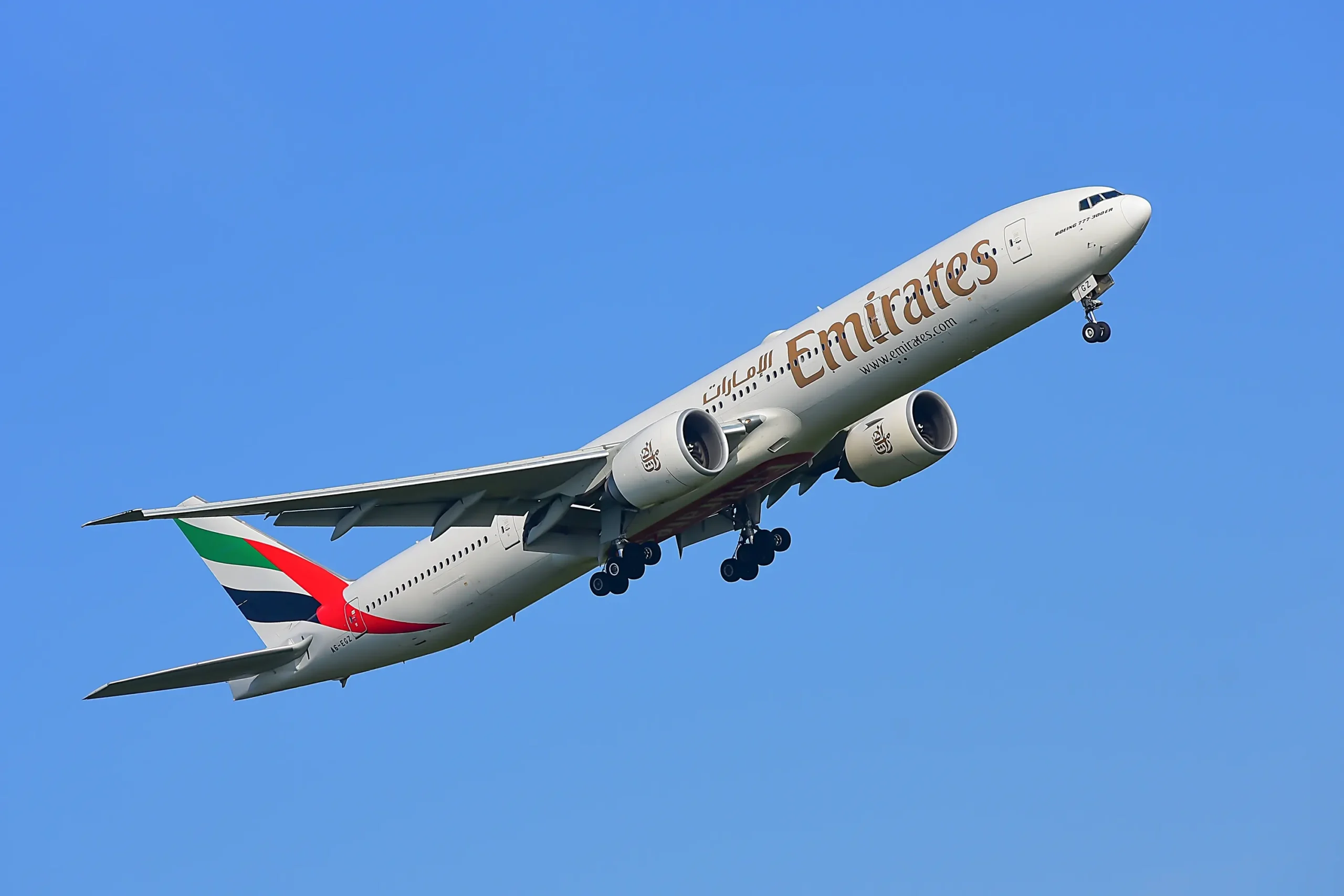
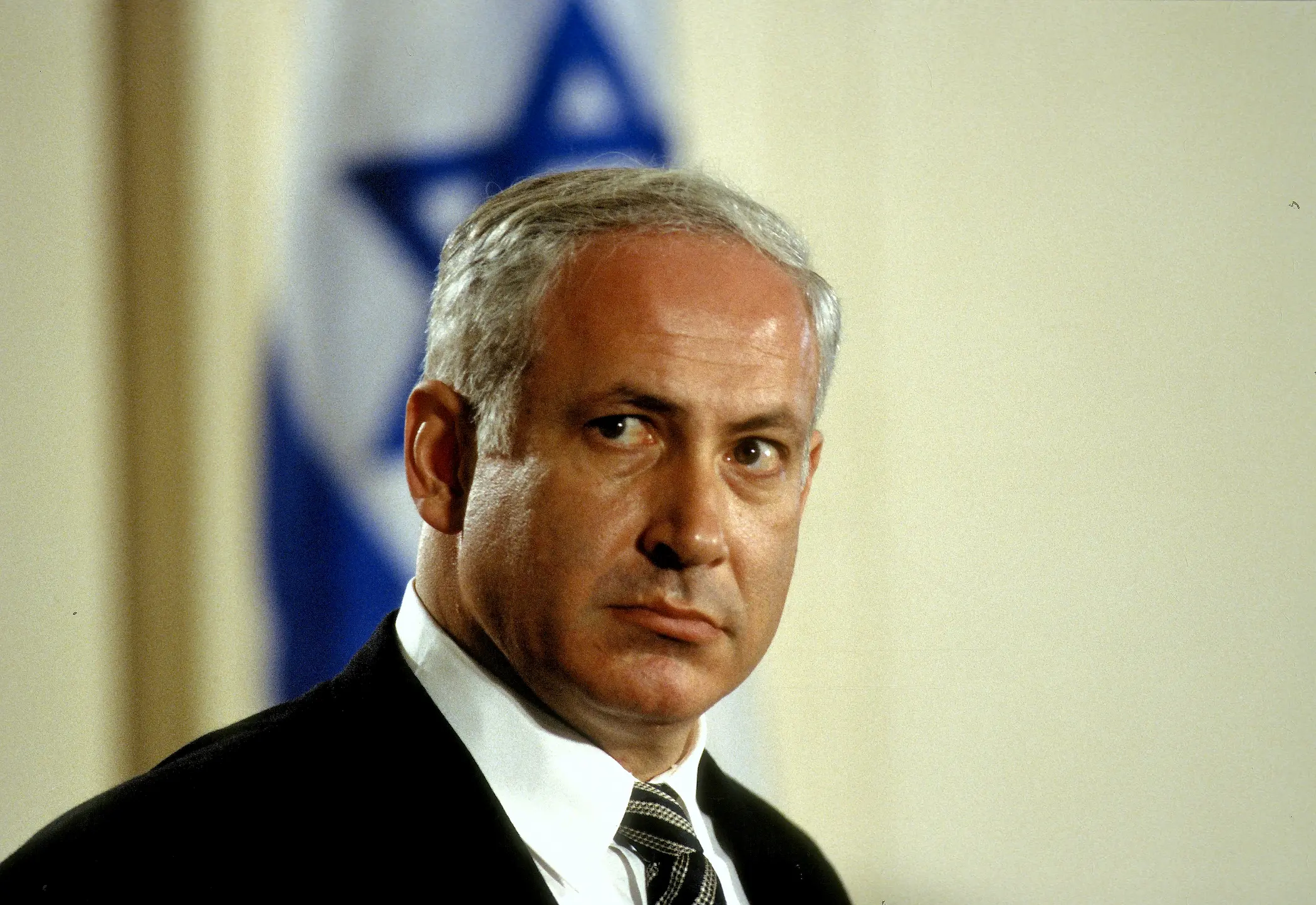
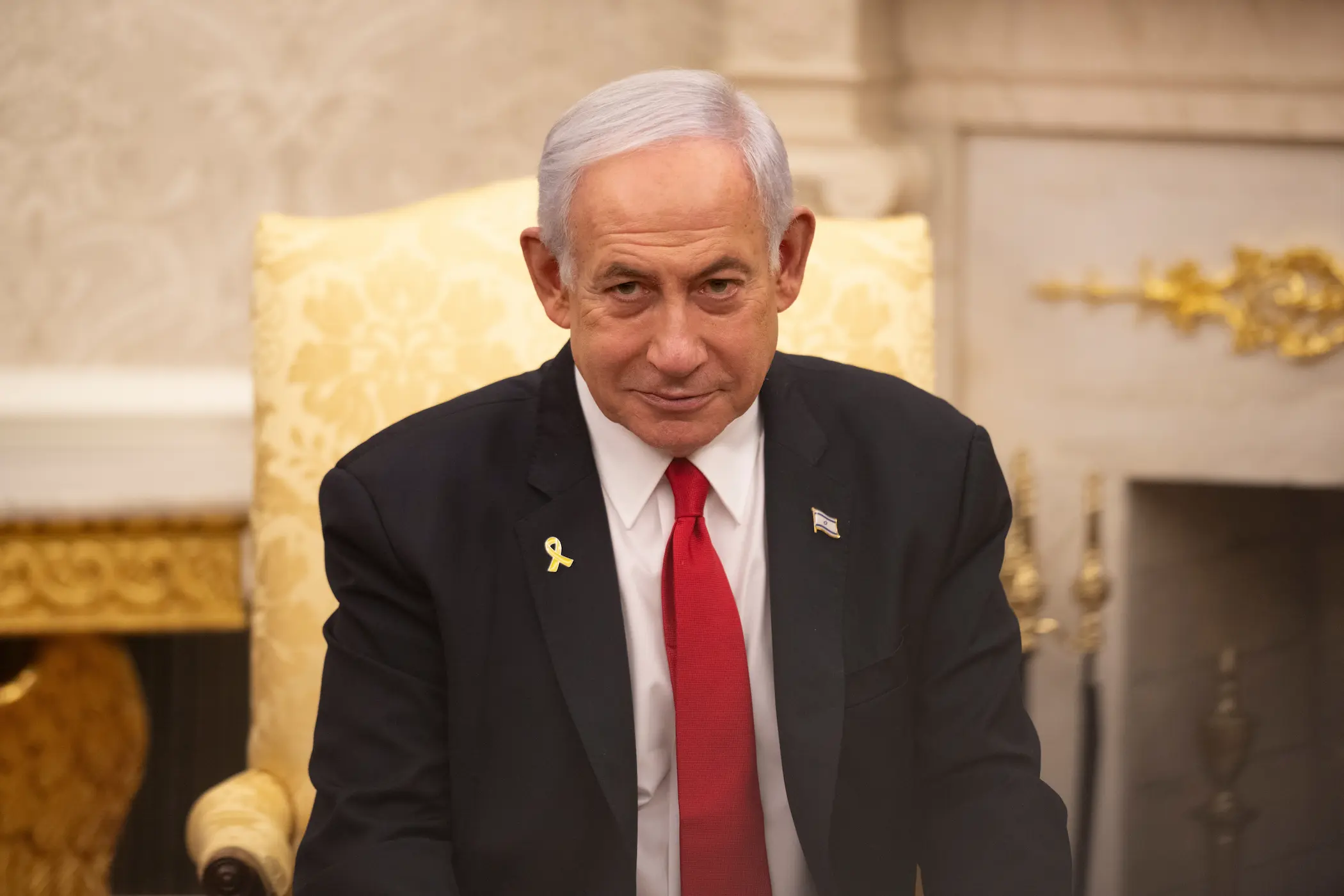


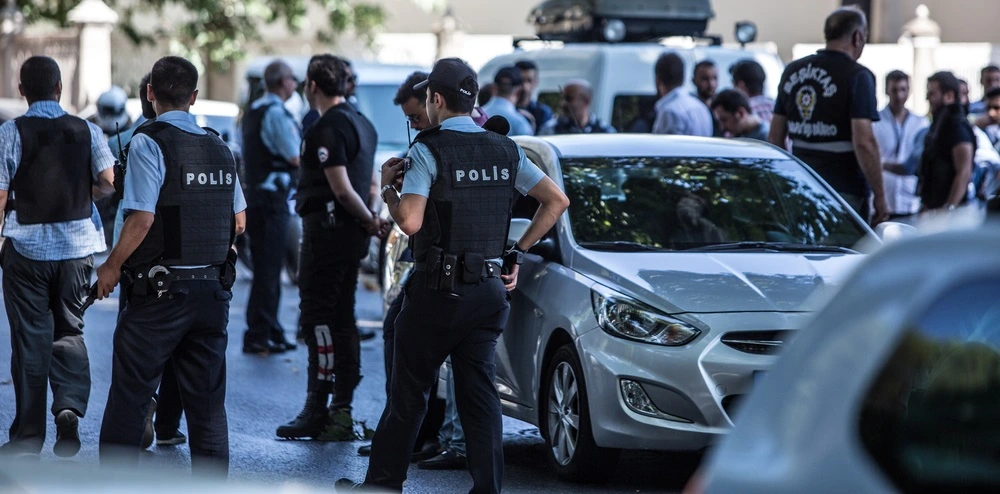
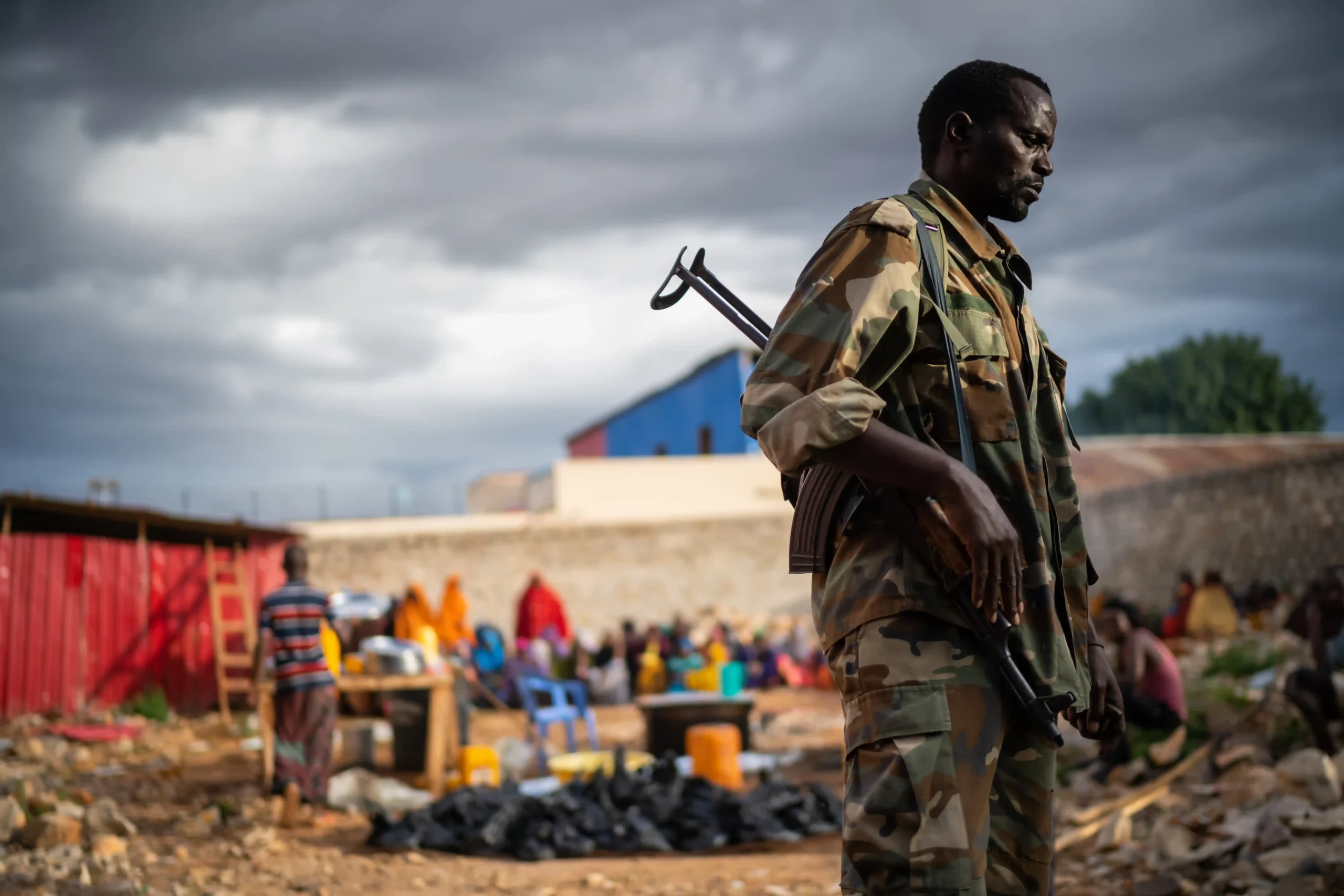
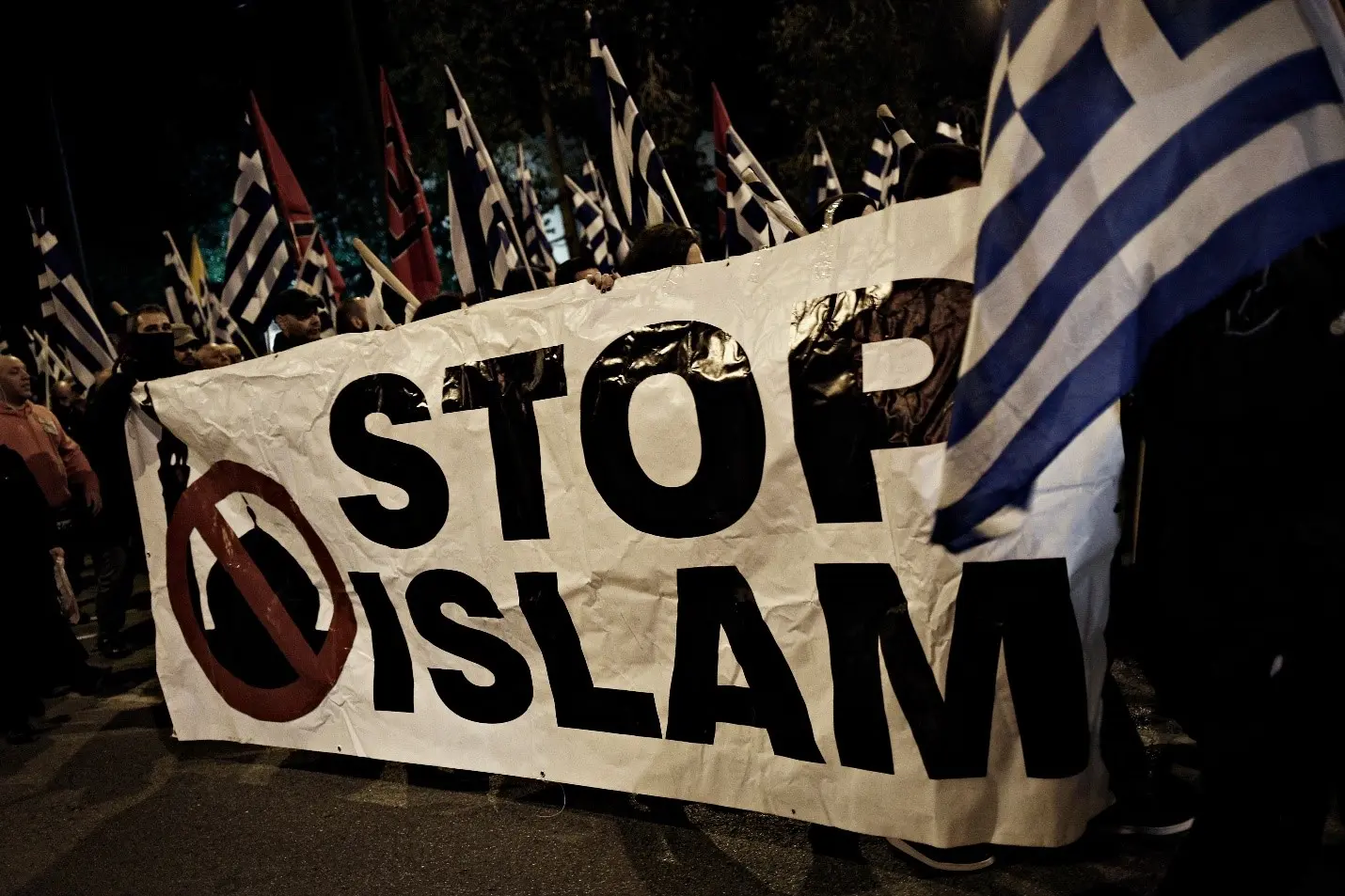
Comments